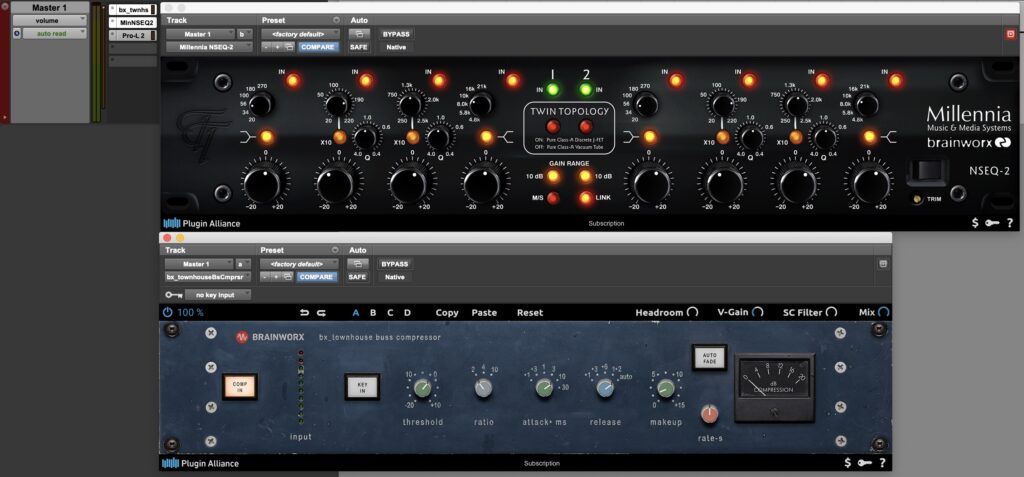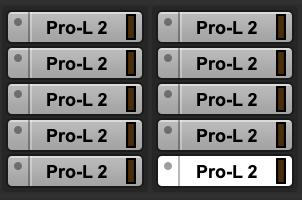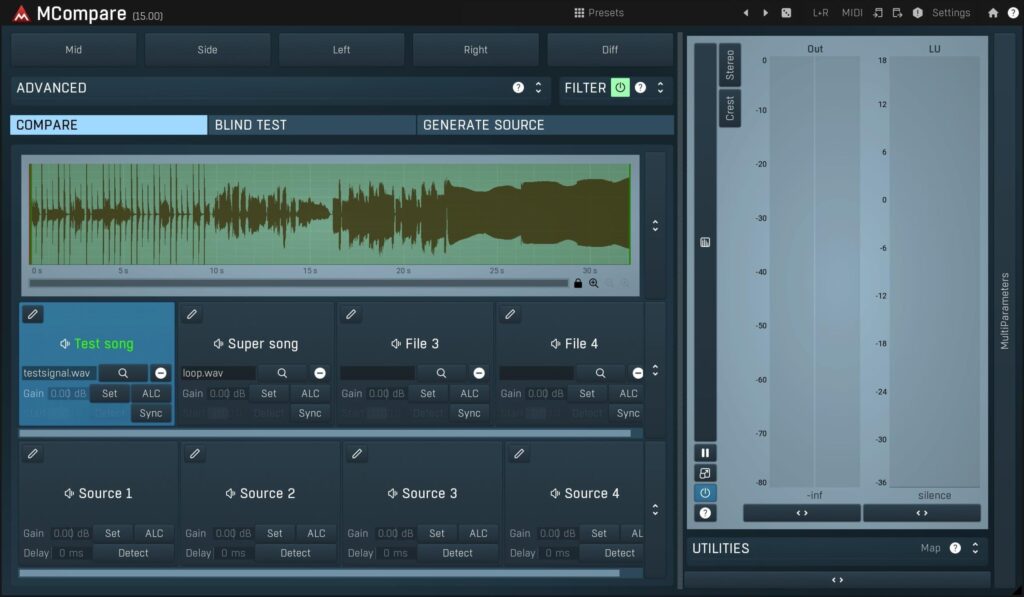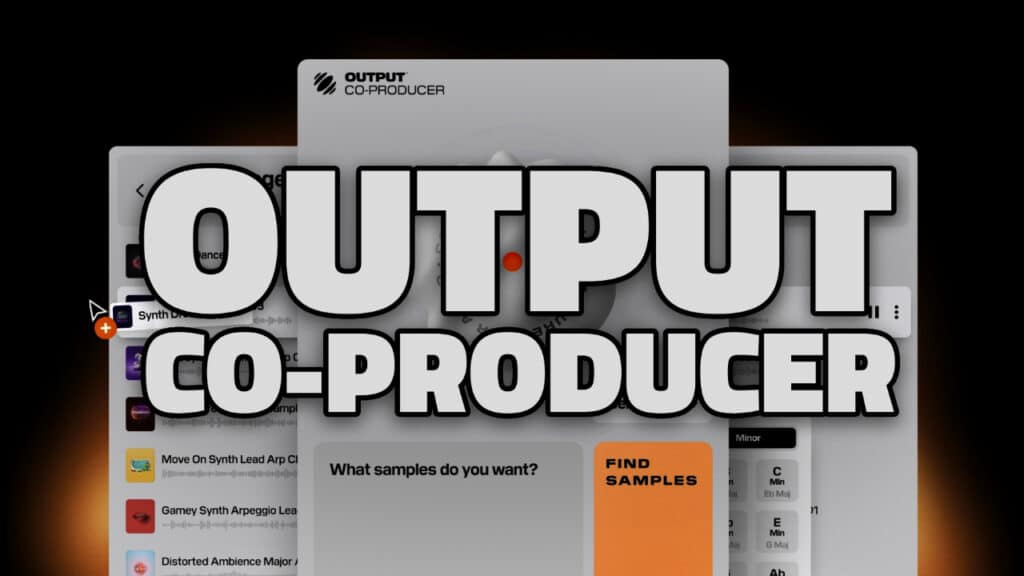It is undeniably difficult to prepare a mix for mastering. Have you ever had issues with your mixes not translating well upon release? When you outsource mastering, does your engineer always ask for revisions? Perhaps when mastering your own music, you feel the need to rebalance a lot of elements. While this article isn’t about how to master your music, it does offer some solutions to issues you may be struggling with.
As a mastering engineer, I see a variety of music genres from all across the globe, everything from amateur to professional mixes and productions. Working on a wide variety of music, it usually means I hear a variety of issues, ranging from small balance problems to complex challenges needing creative solutions when mix revisions are not possible. How can we avoid problems down the line, especially if you are sending your mixes out for mastering? Follow along as I detail some common mistakes to avoid so that you can achieve more solid mixes, resulting in fewer issues when mastering.
NOT USING MIX BUSS PROCESSING
A lot of us choose to mix into a compressor from the very beginning, and why shouldn’t we? From the get-go, it helps bring both cohesion and energy to the mix. While we should be vigilant in not over-compressing at this stage, we also shouldn’t entirely avoid using a compressor on the mix buss either. It’s not uncommon to use some gentle EQ at this stage, as well. Whatever it is you have on your mix buss, it’s important to ask why it’s there, and when was it applied. For anything that was inserted early on in the mix, the entire production now relies on that processing. Every instance of EQ, compression, saturation, etc. added to individual tracks is now influenced by our mix buss processing. As such, removing this processing before mastering is asking for trouble. The entire mix may end up collapsing, losing the movement and vibe that it once had. Elements may now lack cohesion and seem out of balance with each other. If you stop and think about it, it makes sense. When you send the mix out to your mastering engineer or attempt to master it yourself without the included processing, you now have to fix problems that were not apparent before.
Subtle Buss EQ and compression from Plugin Alliance. When done correctly, useful for preparing a mix for mastering
Whenever I’m asked by artists and producers whether they should send the mix with buss processing or not, I ask for both. Why? Because not everyone has mixed from the beginning with these processors engaged. By having both versions available I’m able to ascertain which version is easier to work with, and proceed from there. For those that don’t mix into mix buss processors but prefer to add processing later on down the line, while it can still enhance tonal balance and dynamics, I find it can also simply serve as a crutch for getting a rough idea of what mastering might do to the track. In other words, almost like a pseudo-master, which for producers and mix engineers, is a popular enough thing to send out to artists. In this instance I have found it more likely for the added compression, EQ, and whatever else, to hinder the job I perform, forcing me into a corner that’s difficult to get out of. If I have access to a mastering-grade analog saturator like my Overstayer MAS, wouldn’t you rather I use that than an equivalent plugin, especially if you are entrusting me with the process of mastering your track? Having an EQ boosting a bunch of highs pre-mastering can also present sibilance and a harsh high-end when further processed during mastering. It is easier for the mastering engineer to add high-end brilliance than it is for them to fix excessive high-end issues, so consider this when preparing a mix for mastering.
EXCESSIVE LIMITING AND CLIPPING
On the other end of the spectrum, while mixing into a chain of processors can improve your mixes, it’s important to not be so heavy handed with dynamics processors such as limiters and clippers. Let’s face it, we like things LOUD. Our brains literally interpret louder sounds as more desirable at times, easily proven by anyone who was a teenager blasting their favorite tunes far louder than they should have. The psychological effects of loud music can also affect our decision-making as well. Software companies can also exploit this physiological advantage by making programs slightly louder when inserted on a track, such as may be the case with a compressor or EQ plugin. Anyone who has ever tried to compare two plugins knows the louder one, if even by a tiny bit, is perceived as better sounding most times.
F-ck Around
Find Out.
Often mix engineers will drop their favorite limiter or clipper on a track to make things louder and more exciting for the artists it’s being delivered to, and I get it. Receiving a song that’s far quieter than expected can have a negative effect, especially when comparing it with your favorite commercial releases. Leaving this heavy limiting or clipping on when delivering a track for mastering heavily impedes the mastering process, leaving fewer dynamics to work with and making tonal balances more challenging as well. Trust your mastering engineer with the volume level and leave it to them. I have had tracks come my way with audible distortion before, unbeknownst to the producer, that was actually caused by improper limiter selection and settings. Yes, your limiter can cause very unpleasant distortion if not set properly or abused.
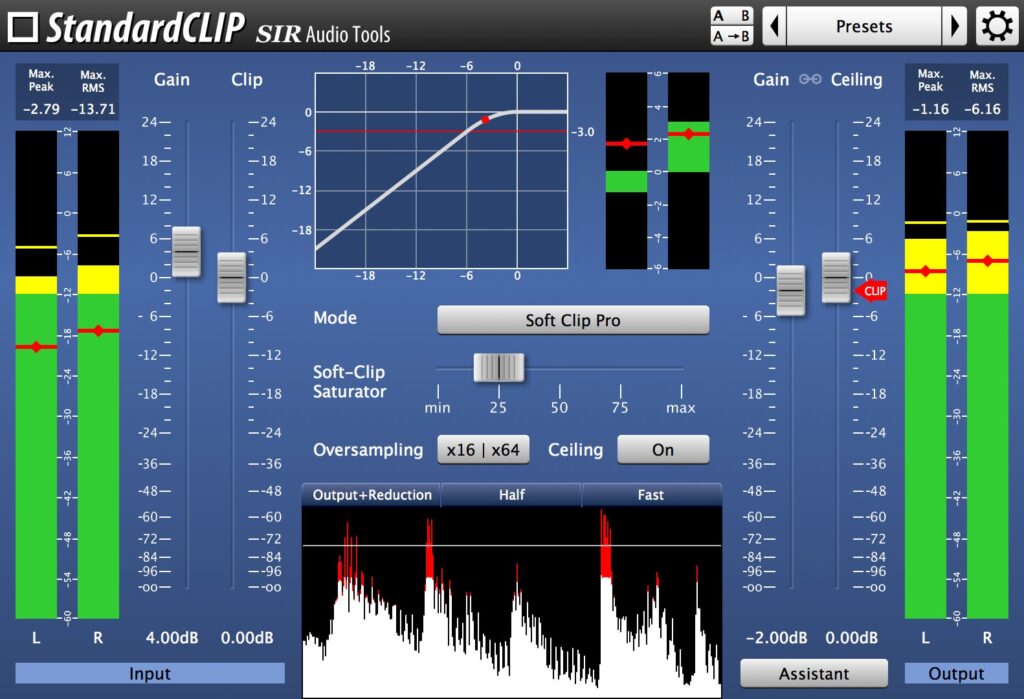
NOT USING REFERENCE TRACKS
If you’re lucky, you’re in a studio space that’s been heavily modified or custom built; floor-to-ceiling acoustic treatment with tuned absorption, high-end monitoring that costs as much as your car, and maybe even digital room correction EQ as icing on the cake. For most of us, that’s simply not the case. It’s totally cost prohibitive, not to mention having a suitable space available to even build out a proper room is a challenge. We can take advantage of others who do have access to these luxuries by using reference tracks that may have been produced in these pristine spaces. Using your favorite releases by artists you love, and songs that you think sound amazing everywhere you play them, is a fantastic way to ensure that your mixing decisions are not being negatively affected by shortcomings in your monitoring environment, be that headphones, studio monitors, or the treatment of your room. Several plugins allow you to load your favorite reference track and compare it with your mix. Melda Productions’ MCompare deserves a mention as it’s an affordable option from a company that provides fantastic and high-quality tools. Use these comparisons to see (and hear) how your low-end content varies, how smooth the high-end is, and all that glorious mid-range detail. You should easily be able to tell where your track may be falling short when compared this way.
Melda Production MCompare, a useful utility to prepare a mix for mastering
OVERCOMPLICATING AND OVER-PROCESSING
We have all done it; we purchase a new plugin and we want to use it on everything. “Oh my goodness,” you say, “this makes everything better!” While it’s true it may be making some improvements, too much of a good thing can make your music sound a lot worse. Long elaborate mix chains can sometimes be attributed to trying to fix issues that earlier processes may be causing. Do you really need 5 different EQs on the vocal track? Overcomplicating things not only makes us doubt our decisions, but brings us further from the end goal we had in mind, with every subsequent process blurring our vision more. Step back, take a listen, and consider if perhaps you’re doing too much. Less can be more. In one particular instance, I was able to view a mix session for a song that I was sent for mastering that had a problematic lead vocal. Upon investigation, the lead vocal had a guitar cabinet simulator on it. While this is a perfectly valid approach for a creative effect, this specific application left the vocal feeling over-processed, with the engineer not even remembering why that process was added. Removing it resolved the major issue, much to the engineer and artist’s delight.
YOUR EARS (AND YOUR BRAIN)
We’ve all heard the saying, “use your ears”, whether in a negative and condescending context or as a positive reinforcement. Your ears could certainly be mucking up your mix though, especially when you have been working for long periods. Ear fatigue is caused by prolonged exposure to auditory stimuli. While the exact causes of ear fatigue are not yet fully known and are currently being studied, we do know that prolonged listening can be a cause of this, especially when louder playback levels are introduced. Take a bright vocal track for example, which is usually front and center in a traditional song setting. While the brightness may first be apparent, or perhaps not seem excessively bright at the start, extended listening can cause our ears to become dulled to the high-end, leaving us wanting to turn up high frequencies, unknowingly compensating for our ear fatigue. When we leave a mix or project and come back after a longer period, say the next day, we end up hearing problems we didn’t notice the day prior.
“Just use your ears.”
Ears aside, it’s possible for the creative spirit to become numb to a piece of music. When you’re getting ready to prepare a mix for mastering, it’s important to take multiple short breaks throughout your session to remain as objective as possible and lessen the likelihood of your ears (and your brain) becoming desensitized to your music.
FINAL THOUGHTS ON HOW TO PREPARE A MIX FOR MASTERING
In conclusion, being aware of these 5 things can greatly improve your musical engineering and lead to better decisions and mixes. The artists you work with will thank you, and your mastering engineer will thank you for delivering high-quality mixes that rival or perhaps exceed commercial releases!
ABOUT THE AUTHOR
Brandon Allshouse has been operating Steel House Mastering professionally for about 8 years now, where he has had the pleasure of working with artists from all over the globe including Mike Shinoda (Linkin Park), members of Snarky Puppy, Xanman, and more. Brandon also has two ISSA Gold Records to his name. When he isn’t mastering music, he also enjoys cooking, cycling, and playing lead guitar in the band Practically Paradise.
EXTRAS
Assess your knowledge of essential audio concepts using our growing catalog of online Quizzes.
Explore more content available to Subscribers, Academic, and Pro Members on the Member Resources page.
Not a Member yet? Check the Member Benefits page for details. There are FREE, paid, and educational options.


